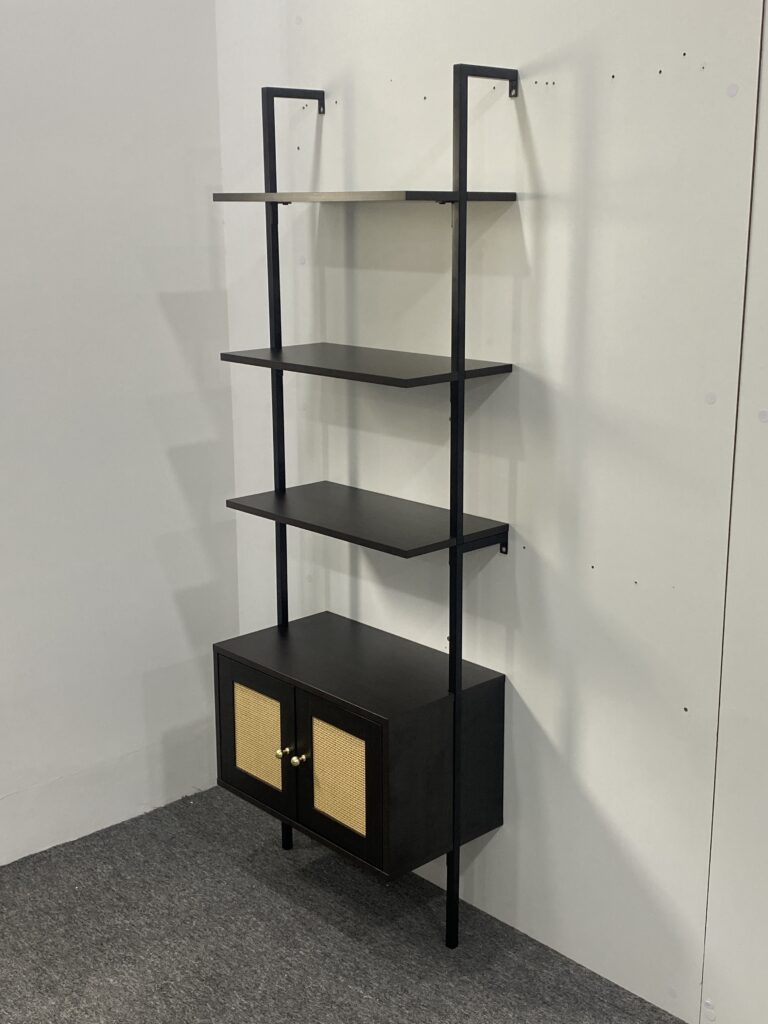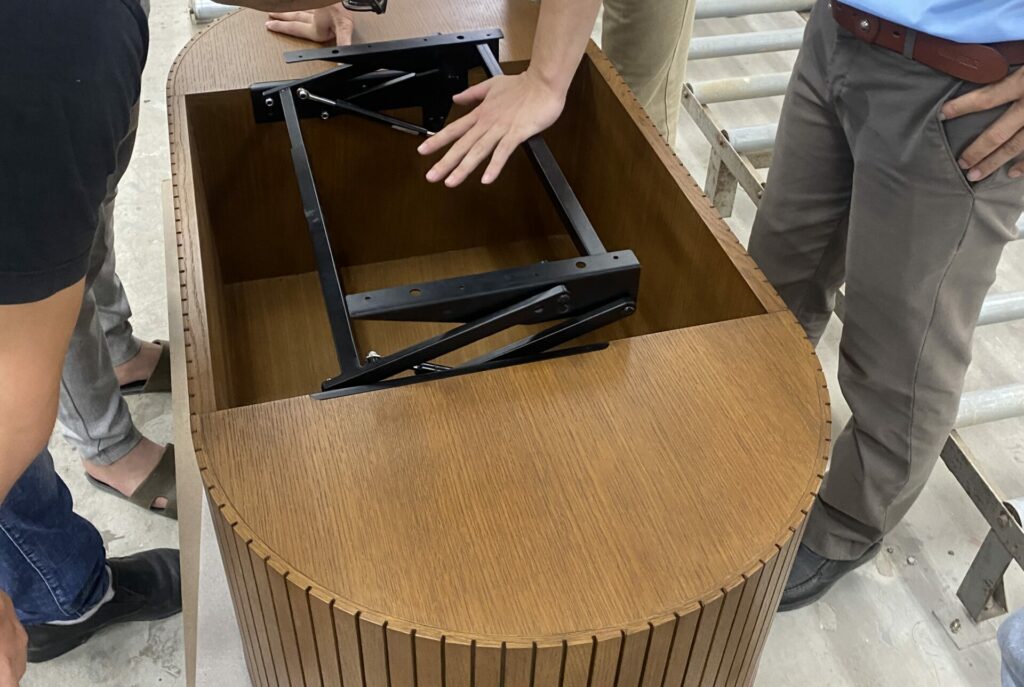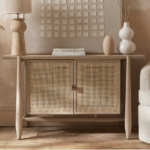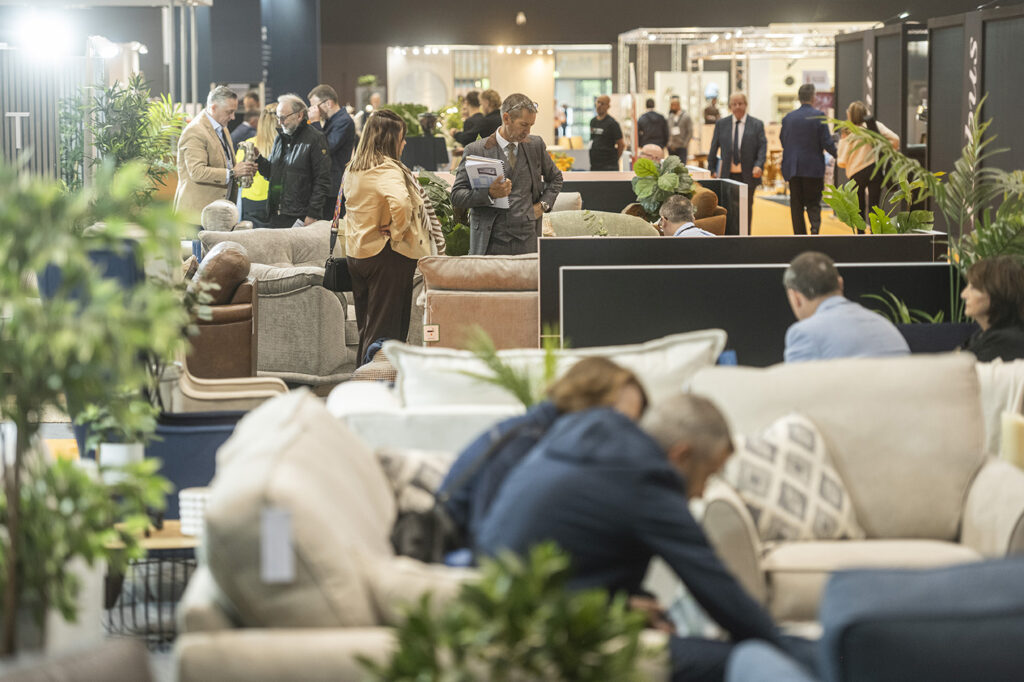Henrik Pontoppidan, Director of S2U Design, talks about supply chain management in Vietnam.
Are you engaging with subcontractors?
When it comes to buying furniture, various attributes like great designs, useful functions, competitive prices, right packaging, consistency, reliability of supply, and prompt deliveries are crucial for good business. However, despite their importance, many buyers often overlook potential problems arising from the supply chain or detailed specifications, leading to issues later on. This is especially true in Vietnam, where many buyers tend to purchase what they see without delving deeply into potential supply chain problems until it’s too late.
Good buying practices are frequently discussed, but the sourcing team, whether part of an owned buying office or outsourced to a sourcing company, is rarely involved in the steps behind the exporting supplier. This includes identifying and directly cooperating with subcontractors. The understandable argument to leave those headaches to suppliers makes perfect sense. In the fast-paced world we live in, it’s best to stick to what you know: the buyer (retailer) focuses on selling furniture, and the manufacturer focuses on making it. This avoids getting into the nitty-gritty of finding the right material, sourcing tubes in the correct dimensions, or defining the chemical compound and application method for the finishing. These are all production challenges that the supplier should handle, right?
Currently, I have the privilege of working closely with Vinahardware in Saigon. Vinahardware is predominantly a subcontractor, developer, and manufacturer of bespoke functional metal brackets, frames, and mechanisms. Additionally, it operates a large-scale wholesale business for over 10,000 SKUs of standard hardware like nuts and bolts. While working with Vinahardware to stimulate exports and international business, I often find myself filling in the gaps for buyers who appear to buy rather blindly. They frequently miss opportunities in the supply chain to create better products simply because they passively rely on the word or knowledge of their chosen manufacturer or supplier.
This is not to say that the chosen supplier provides false information or misconstrued advice—they rarely do. Good suppliers do their best, including Vietnamese suppliers. However, they are human and usually operate in their own bubble. They are busy with many different projects and may not have time to think outside the box or tailor solutions to unique needs. Additionally, it is very difficult for a Vietnamese supplier to advise on the best solutions for furniture due to a lack of detailed understanding of the culture, market, and competitive conditions that the buyer operates under.
A few examples to illustrate
I would like to illustrate this with a few examples – projects I have been working on lately. These involve cooperation not just with the customer of Vinahardware (typically manufacturers in Vietnam and around the world exporting complete furniture) but also with the foreign retailer buying the furniture.
Wall Rack: A US customer needed wall racks developed—a combination of shelves and cupboards in a metal frame mounted on the wall—manufactured to precision at an ambitious target price. I designed the products and connected the exporter who won the business, one of the leading kitchen cabinet manufacturers in Vietnam, with Vinahardware. We matched the target prices through careful design and coordinated specialist technology for the two main components: MDF panels with quality surface and finish, and metal parts manufactured to high precision. This cooperation yielded the desired results because of the insistence on engaging specialist skills in different disciplines.


TV-Dinner Coffee Table: A large European retailer developed a classy quality ‘TV-dinner coffee table’ with a European-owned wood furniture factory in Vietnam. This type of table function has been around for a long time, but standard mechanisms available in the market are usually flimsy and not well-thought-out. I designed a new mechanism from scratch, addressing the shortcomings of existing mechanisms. At Vinahardware, we made samples and re-designed details six times in as many weeks, resulting in a sturdy, luxurious mechanism worthy of the customer’s quality requirements without resulting in a higher cost. It is now ordered from Vinahardware and in production.
The takeaway from such examples is that any sizeable retailer/importer with resources could—and perhaps should—actively engage in such developments. This includes creating technical designs, finding the best-equipped subcontractor to work with directly, and taking the lead in solving a given problem. By doing so, they can ensure the most mutually beneficial results for a given project and stay on top of the competition. Without active engagement from the importer, this often does not happen organically.
In conclusion, good supply chain management – particularly in Vietnam – involves more than just buying what is seen. It requires active engagement and cooperation between buyers, manufacturers, and subcontractors to create better products and avoid potential problems. Investing in the right skillset and knowledge can help buyers take control of designs and processes, leading to improved outcomes and satisfied customers.
If you would like to discuss your project in Vietnam, and how you can engage better with the whole supply chain and start developing challenging details with subcontractors, you are welcome to contact me.
henrik@s2udesign.com | www.s2udesign.com / www.vinahardware.com















